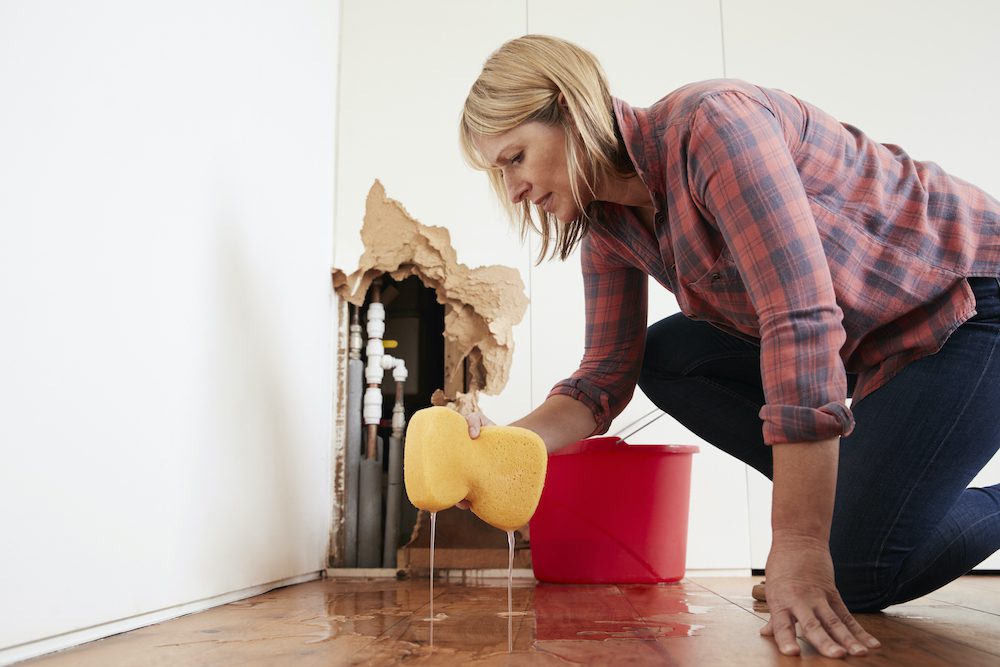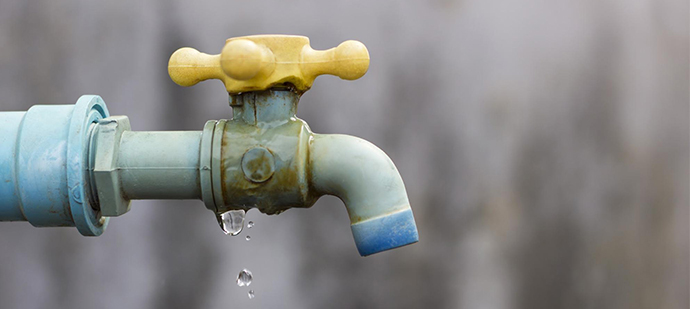Revealing Secret Water Line Leaks: 6 Effective Detection Tips
Revealing Secret Water Line Leaks: 6 Effective Detection Tips
Blog Article
Have you been in search of info around Detecting hidden plumbing leaks?

Early discovery of dripping water lines can mitigate a potential catastrophe. Some small water leaks may not be visible.
1. Take A Look At the Water Meter
Every residence has a water meter. Checking it is a surefire way that assists you uncover leakages. For beginners, turn off all the water sources. Make sure no person will certainly flush, use the faucet, shower, run the cleaning device or dishwashing machine. From there, most likely to the meter and also watch if it will change. Because nobody is utilizing it, there need to be no movements. If it moves, that suggests a fast-moving leakage. Similarly, if you spot no changes, wait an hour or two and check back once again. This suggests you might have a slow-moving leakage that could also be underground.
2. Examine Water Usage
If you detect sudden adjustments, in spite of your usage being the exact same, it means that you have leakages in your plumbing system. An unexpected spike in your expense shows a fast-moving leakage.
A constant increase every month, even with the same behaviors, shows you have a sluggish leak that's additionally gradually intensifying. Call a plumber to extensively examine your residential or commercial property, especially if you really feel a cozy area on your floor with piping underneath.
3. Do a Food Coloring Test
When it comes to water usage, 30% comes from bathrooms. If the shade somehow infiltrates your bowl throughout that time without flushing, there's a leakage in between the tank as well as dish.
4. Asses Exterior Lines
Do not neglect to examine your exterior water lines also. Needs to water permeate out of the connection, you have a loose rubber gasket. One tiny leak can waste loads of water and spike your water bill.
5. Inspect and Evaluate the Circumstance
Property owners should make it a habit to check under the sink counters and even inside closets for any kind of bad odor or mold and mildew growth. These two red flags show a leakage so punctual attention is required. Doing routine evaluations, also bi-annually, can conserve you from a significant trouble.
Inspect for discolorations and also deteriorating as many pipes and also home appliances have a life expectancy. If you believe dripping water lines in your plumbing system, don't wait for it to intensify.
Early discovery of dripping water lines can reduce a prospective calamity. Some little water leakages may not be noticeable. Checking it is a surefire means that assists you uncover leaks. One tiny leak can waste loads of water and also increase your water expense.
If you presume dripping water lines in your plumbing system, do not wait for it to rise.
WARNING SIGNS OF WATER LEAKAGE BEHIND THE WALL
PERSISTENT MUSTY ODORS
As water slowly drips from a leaky pipe inside the wall, flooring and sheetrock stay damp and develop an odor similar to wet cardboard. It generates a musty smell that can help you find hidden leaks.
MOLD IN UNUSUAL AREAS
Mold usually grows in wet areas like kitchens, baths and laundry rooms. If you spot the stuff on walls or baseboards in other rooms of the house, it’s a good indicator of undetected water leaks.
STAINS THAT GROW
When mold thrives around a leaky pipe, it sometimes takes hold on the inside surface of the affected wall. A growing stain on otherwise clean sheetrock is often your sign of a hidden plumbing problem.
PEELING OR BUBBLING WALLPAPER / PAINT
This clue is easy to miss in rooms that don’t get much use. When you see wallpaper separating along seams or paint bubbling or flaking off the wall, blame sheetrock that stays wet because of an undetected leak.
BUCKLED CEILINGS AND STAINED FLOORS
If ceilings or floors in bathrooms, kitchens or laundry areas develop structural problems, don’t rule out constant damp inside the walls. Wet sheetrock can affect adjacent framing, flooring and ceilings.
https://www.servicemasterbyzaba.com/blog/how-to-detect-water-leakage-in-walls/

I stumbled upon that piece of writing on Leaking water lines while exploring the search engines. So long as you enjoyed reading our article plz remember to pass it around. Thanks for your time. Visit again soon.
Plumbing care available. Report this page